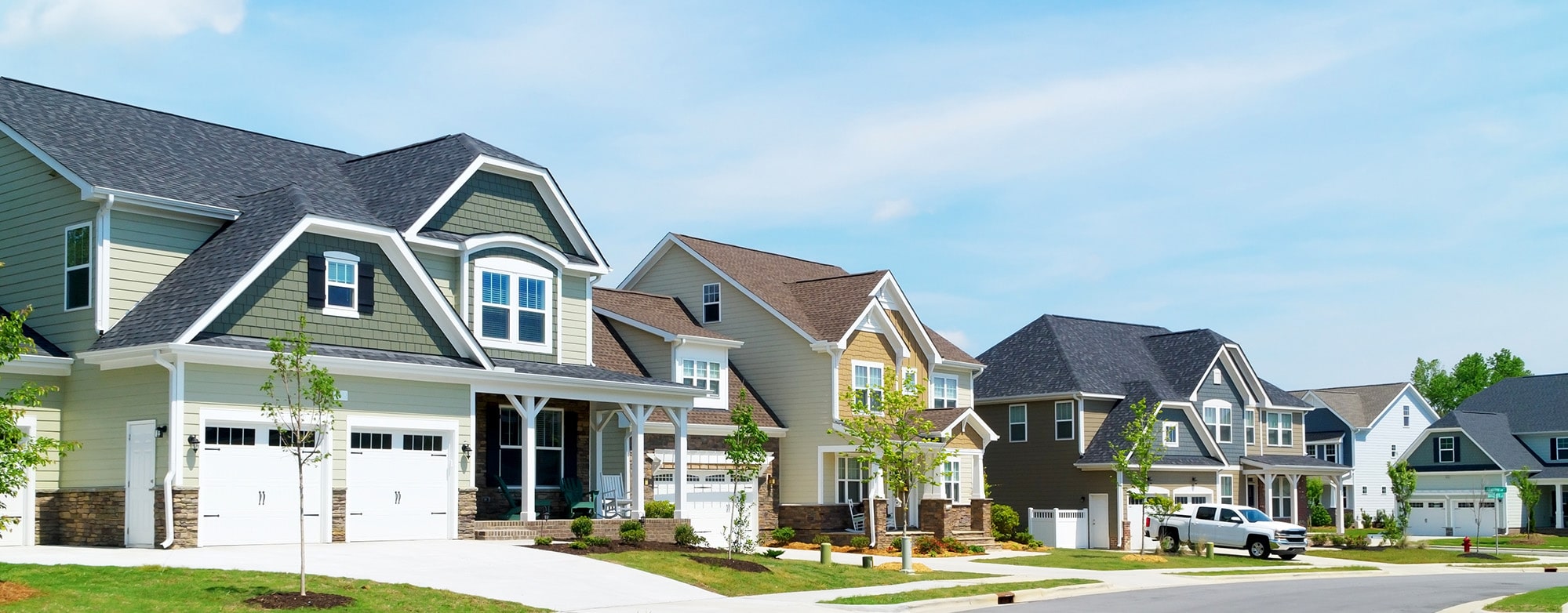Key Takeaways
- Simple upgrades like smart locks, cameras, and motion sensors can significantly enhance apartment security.
- Regular inspection of fire alarms, extinguishers, and kitchen safety practices helps prevent major incidents.
- Property managers play a crucial role in maintaining safe environments and educating tenants about fire and security measures.
In the final quarter of 2025, apartment living continues to evolve—with technology, lifestyle changes, and new safety standards reshaping how we think about home security and fire prevention. For both renters and property owners in Utah, safeguarding apartments isn’t just about locking doors—it’s about building habits, using smart tools, and staying proactive against potential risks.
Whether you live in downtown Salt Lake City or manage multiple rental units across the valley, taking steps to improve both security and fire prevention can help protect lives, property, and peace of mind.
1. Reinforce Your Apartment’s Entry Points
Even in well-maintained communities, unsecured doors or windows are among the most common entry points for intruders.
Always lock doors and windows, even for short absences.
Consider reinforcing door frames with strike plates and high-quality deadbolts.
For landlords, ensure regular inspections of locks and replace any worn hardware promptly.
Smart access systems, such as keyless locks or video doorbells, offer added protection and convenience for tenants. Property managers who install such systems often find that they add real value to their rentals.
2. Invest in Modern Fire Safety
In a recent industry roundup on fire prevention for landlords and property managers, experts highlighted how consistent inspection and maintenance are key to preventing fire-related emergencies.
Every apartment unit should be equipped with smoke and carbon monoxide detectors in bedrooms, hallways, and kitchens, as well as fire extinguishers in accessible locations, especially near cooking areas. Clear evacuation routes should also be posted in visible areas.
Testing alarms monthly and changing batteries annually can make a life-saving difference. For multi-unit buildings, property managers should also ensure common areas remain compliant with fire safety codes and are free of obstructions.
3. Fire Prevention Starts in the Kitchen
Kitchens are still the number one source of apartment fires in the U.S. According to property safety specialists, distractions are often to blame—walking away from a boiling pot or leaving oil unattended can lead to disaster.
To reduce kitchen fire risks, never leave cooking food unattended. Keep flammable materials like towels, curtains, and paper products far from heat sources. Regularly clean cooking appliances and range hoods to prevent grease buildup. Know how to properly use a fire extinguisher and have one nearby at all times.
A recent feature by Millers Mutual Group also noted that many property fires could be avoided through simple education and consistent inspection—an essential reminder for both tenants and landlords.
4. Embrace Smart Security Solutions
From smart doorbells to motion-activated lighting, 2025’s technology offers simple, renter-friendly ways to secure your space. Smart locks provide keyless convenience and can log entry history. Security cameras allow residents to monitor doors or shared areas remotely. Automated lighting systems deter intruders by simulating occupancy.
These innovations not only create safer spaces but can also boost the market appeal of rental properties. For property managers, integrating smart tech is a practical way to modernize security without major renovations.
5. Create Safer Shared Spaces
Shared spaces like hallways, parking garages, and laundry areas should never be overlooked. Keep these areas well-lit and clutter-free. Install surveillance cameras or motion sensors where appropriate. Regularly inspect emergency exits and stairwells to ensure they’re clear.
Safety in shared spaces helps reduce liability and fosters a stronger sense of community within your property.
6. Educate and Communicate
Tenant education remains one of the strongest defenses against accidents. Holding seasonal safety reminders or sharing newsletters with quick security tips can encourage consistent awareness.
At Wolfnest, we believe that safety is a shared responsibility—one that strengthens both tenant satisfaction and property value. Our goal is to help Utah property owners maintain buildings that are not only profitable but also safe, well-managed, and compliant with evolving standards.
Keeping your apartment safe in 2025 means combining technology with smart, consistent habits. For property owners and landlords, investing in safety today ensures your tenants feel secure—and your property stays protected for the future.
If you’re a property owner in Salt Lake City looking for professional property management that prioritizes safety, tenant satisfaction, and long-term value, discover how Wolfnest can help at https://www.wolfnest.com/salt-lake-city-property-management.
Frequently Asked Questions (FAQs)
1. How often should I test smoke alarms in my apartment?
You should test them monthly and replace batteries once a year or when the alarm chirps for low power.
2. What’s the most common cause of apartment fires?
Kitchen fires caused by unattended cooking are the leading culprit nationwide.
3. Are smart locks safe for renters?
Yes. Many smart locks are designed for renters, allowing easy installation without permanent modification. Always check your lease agreement before making upgrades.
4. Can landlords install cameras in apartment buildings?
Yes—but only in common areas such as hallways, parking lots, or lobbies. Cameras should never be installed inside private units.
5. What can property managers do to promote safety?
Regular inspections, tenant education, and maintenance of fire and security equipment are essential to reducing risks.
Summarize this content with AI:
Chat GPTGrok
Perplexity
Claude.ai


